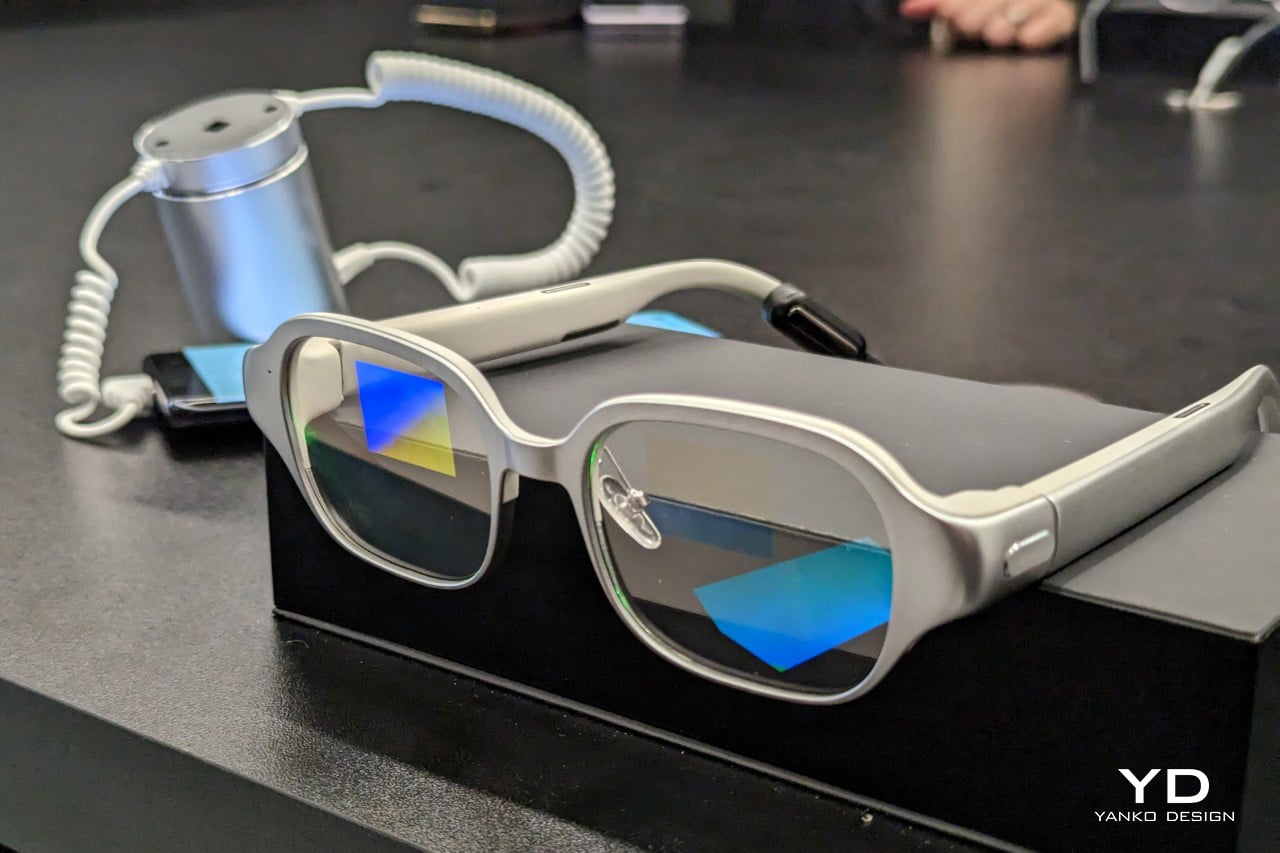
In a sea of ski-goggle-shaped AR headsets, OPPO’s 2nd-gen Air Glass is slim enough to be mistaken for an actual pair of glasses. Look carefully, however, and you’ll notice the cleverly concealed reflective display in the eyepieces. To the wearer, however, the display impressively overlays virtual elements right on top of real life, helping you see the time, weather, notifications, etc.
Designer: OPPO
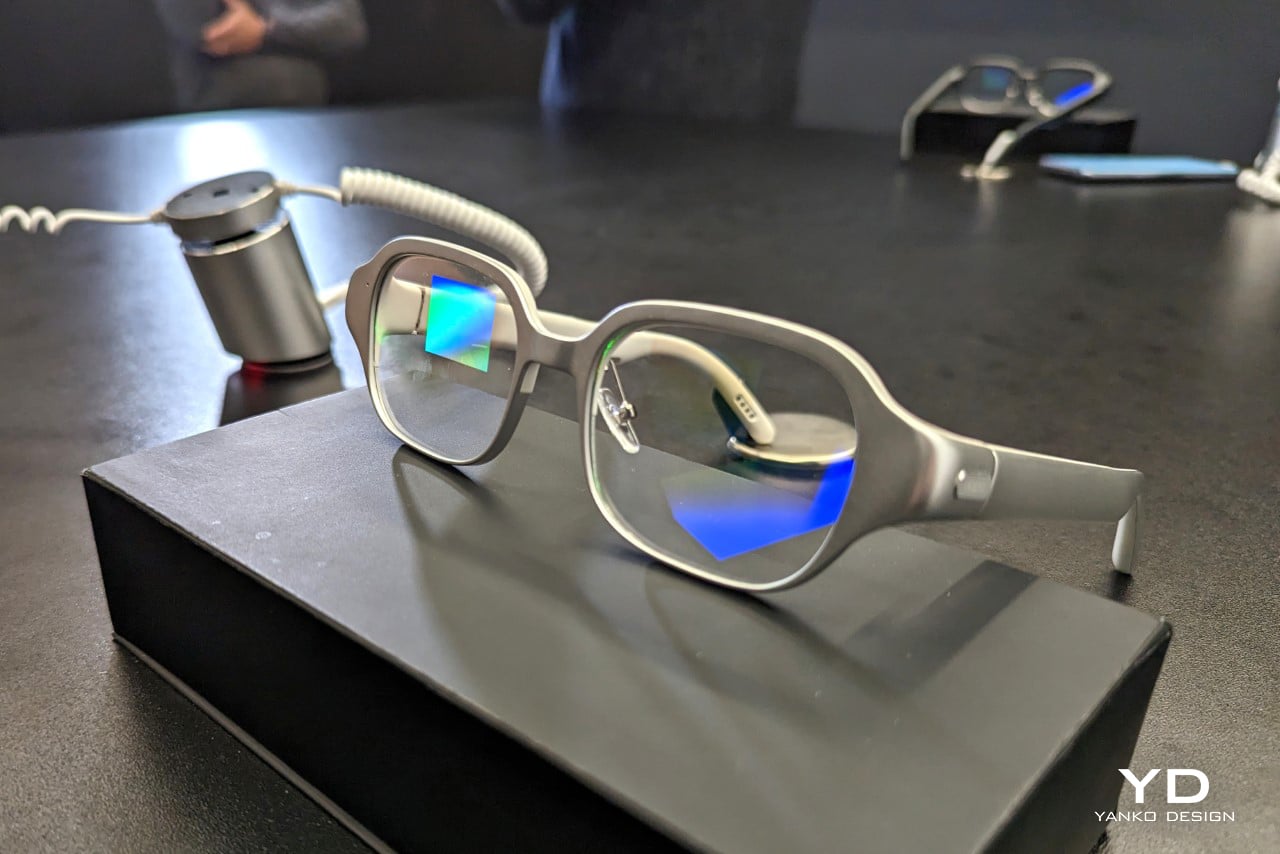
The Air Glass 2 was announced last year at OPPO’s INNO Day event, with a broader reveal at this year’s Mobile World Congress in Barcelona. It seems leaps and bounds ahead of the first Air Glass that debuted in 2021, with a mildly clunky, Google Glass-esque design. In its second iteration, the Air Glass 2 looks exactly like a regular pair of glasses, albeit with loads of impressive tech underneath its surface.
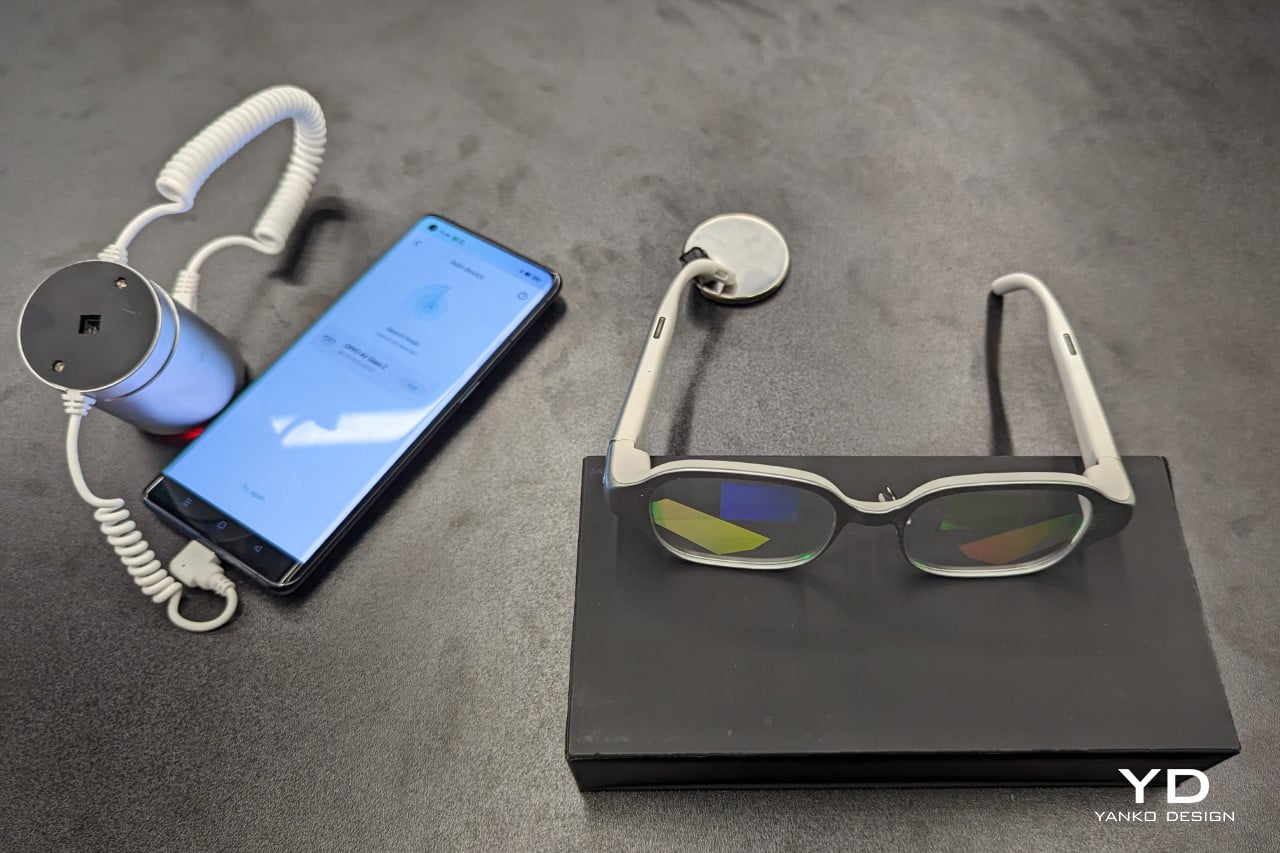
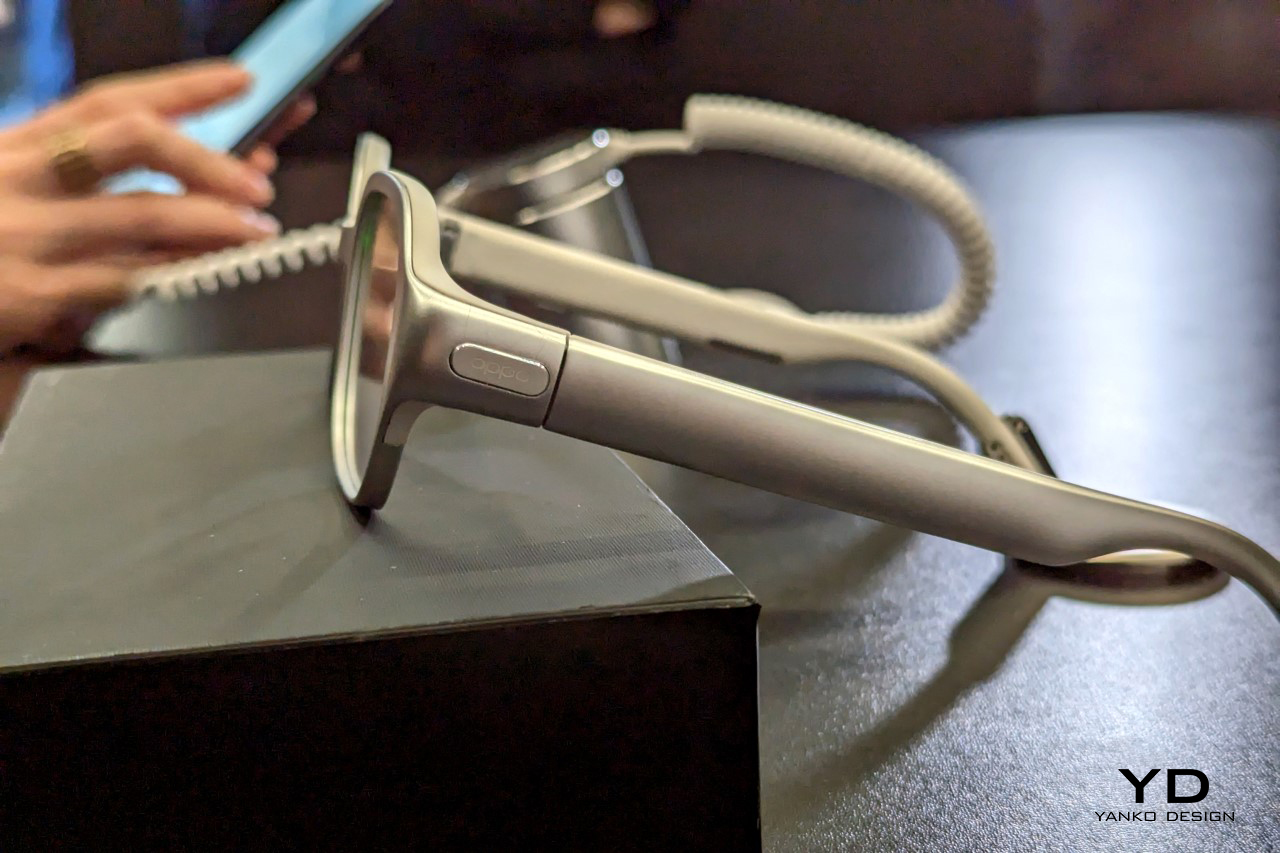
The Air Glass 2 is an ‘assisted reality’ wearable that now has two displays, one in each eyepiece. The way these displays work is using a MicroLED built into the frame, which projects images onto a resin SRG-diffractive optical waveguide lens, developed as a joint partnership between OPPO and meta-bounds. These new lenses are lighter, more drop-resistant, and safer, in line with consumers’ daily habits of using glasses, making them perfect for the Air Glass 2.
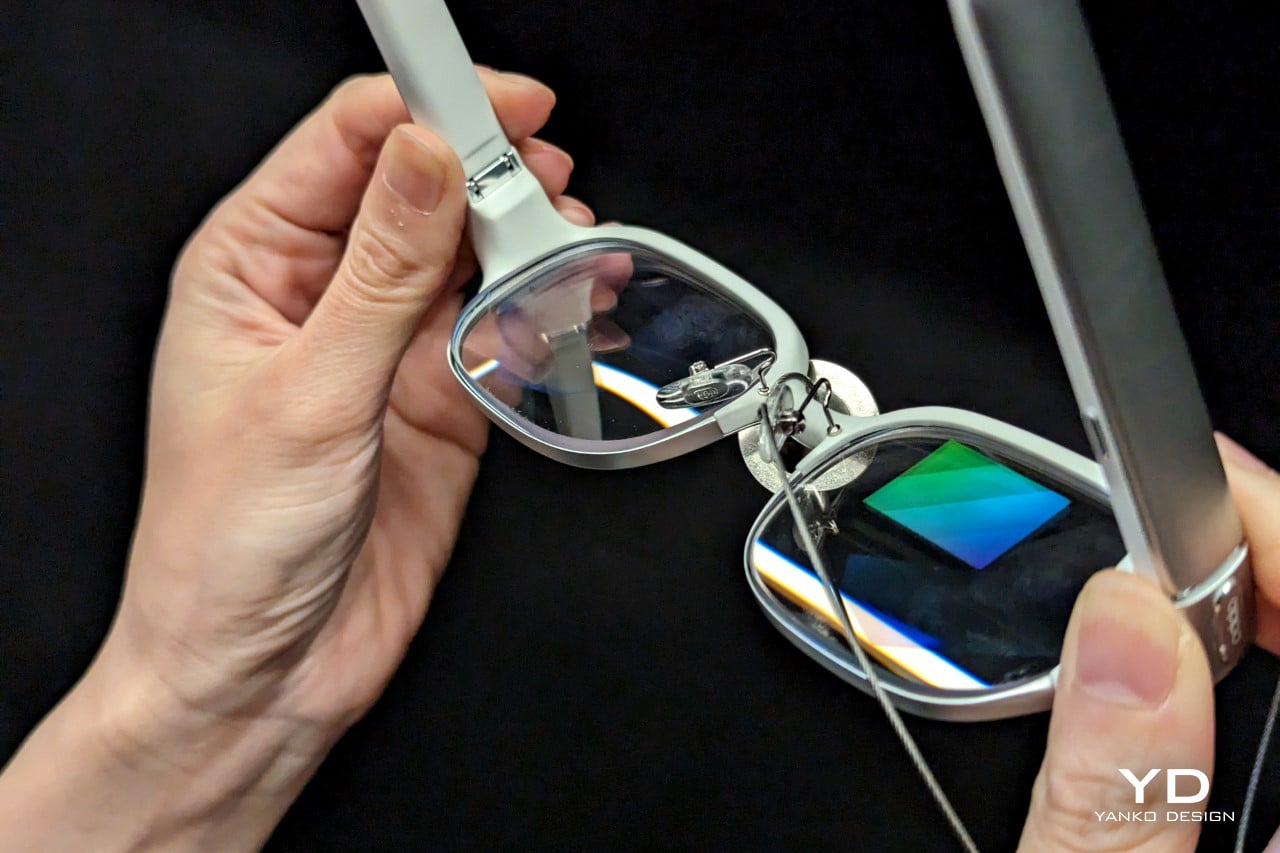
The eyepieces get their visuals from 0.13″ green microLED displays built into the sides of the eyewear, capable of outputting an impressive 1,000 nits per eye. You’ve also got an environmental light sensor, a touchpad for registering input, microphones, and speakers built into the Air Glass 2’s temple stems, completing the entire wearable experience. The glasses are powered by a Snapdragon 4100 processor, and the entire wearable runs on a built-in 200mAh battery that has a 3-hour lifespan and can be charged via a pogo-pin charger that connects to the end of the spectacles’ temple stems.
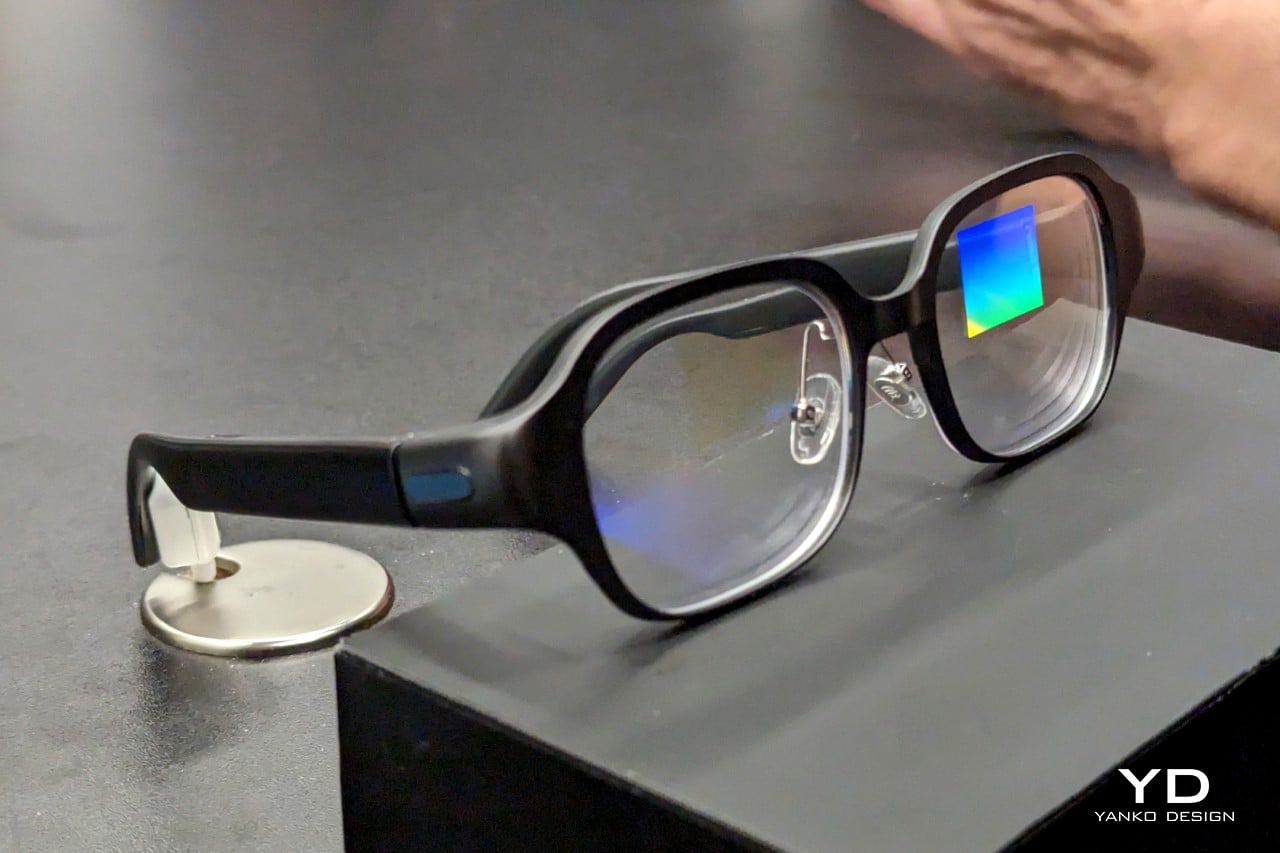
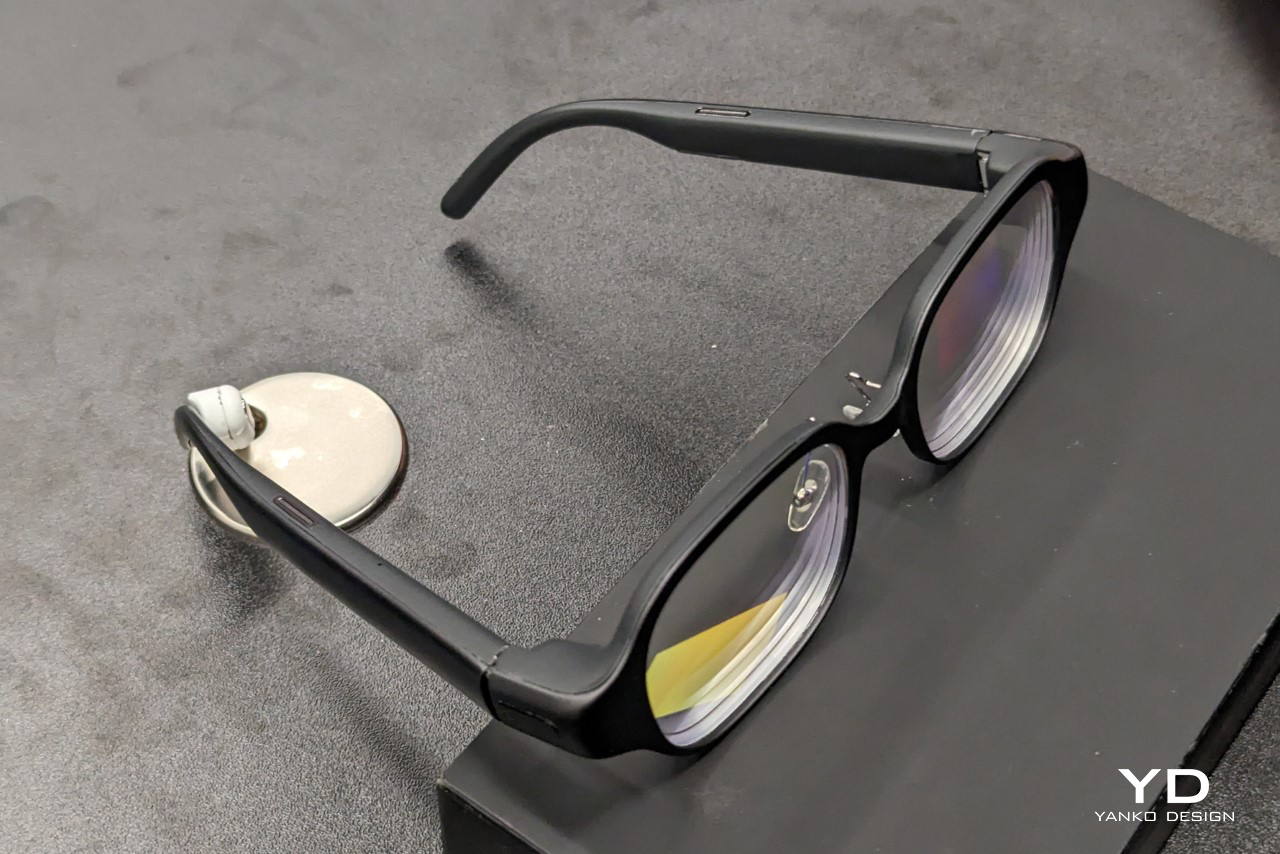
The entire hardware comes with a magnesium-lithium alloy outer construction and weighs a paltry 38 grams, making it about 8 grams heavier than its predecessor, but with double the tech. This lightweight design also means that the Air Glass 2 can’t be used as a standalone wearable. It needs to be wirelessly connected to a smartphone, which can then beam data to the eyepieces, allowing you to view navigation data, live translations, calendar alerts, weather updates, fitness tracking data, and other datasets. The microphone and speakers help wearers take calls, give voice commands, or even listen to music.
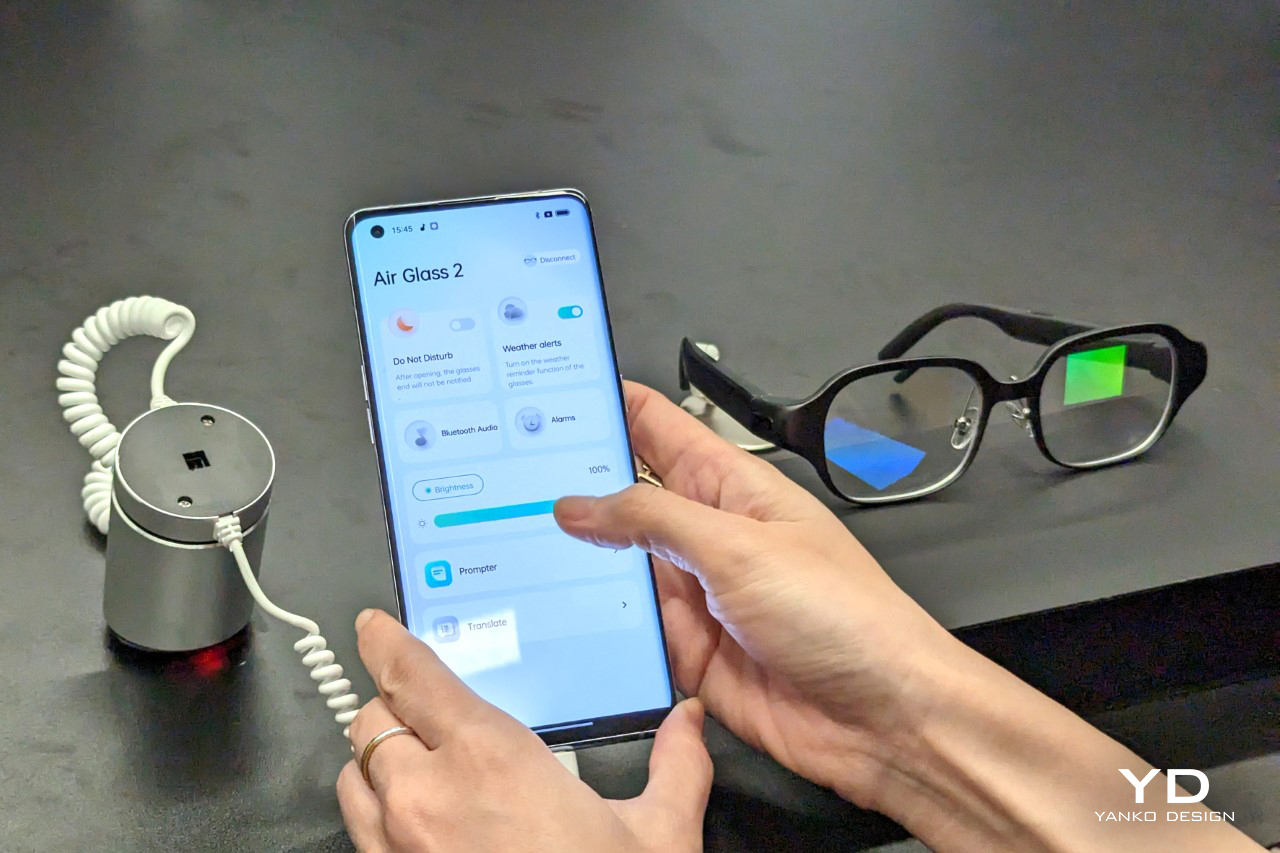
The OPPO Air Glass 2 app lets you control what you see in the eyepieces
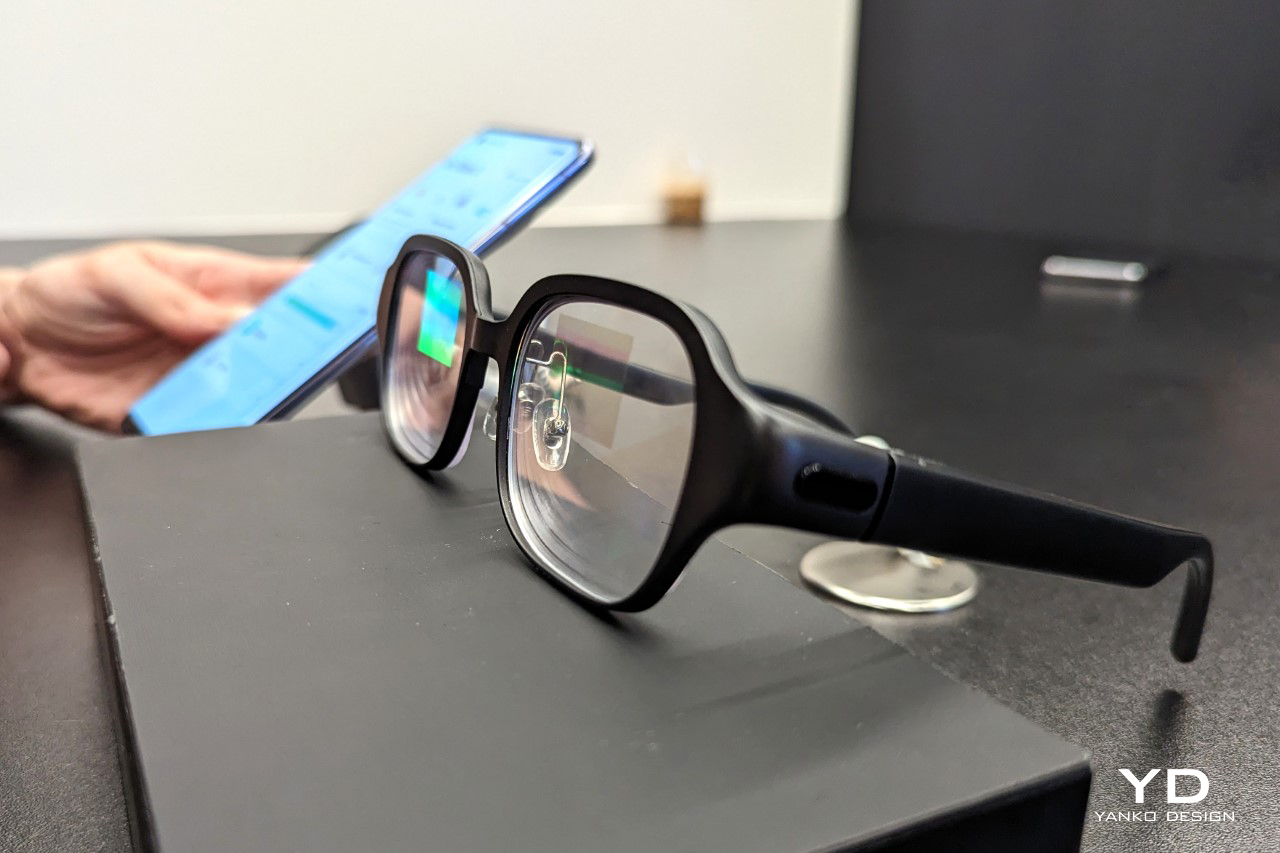
Ultimately, the Air Glass 2 is perhaps the biggest flex from any company in the AR space (note: the Air Glass 2 is an ‘assisted reality’ wearable). The Air Glass 2 is surprisingly small and light, while looking just about as fashionable as any regular pair of acetate frames. The MicroLED display and diffractive optical waveguide lens system are light-years ahead of the competition, although the elements on the screen have their own limitations – they’re green, exist in only a small part of your FoV, and don’t do much as of now. That being said, the Air Glass 2 is still leaps and bounds ahead of other wearables, even though Google teased a similar pair of glasses last year in a concept video but didn’t show any actual hardware.
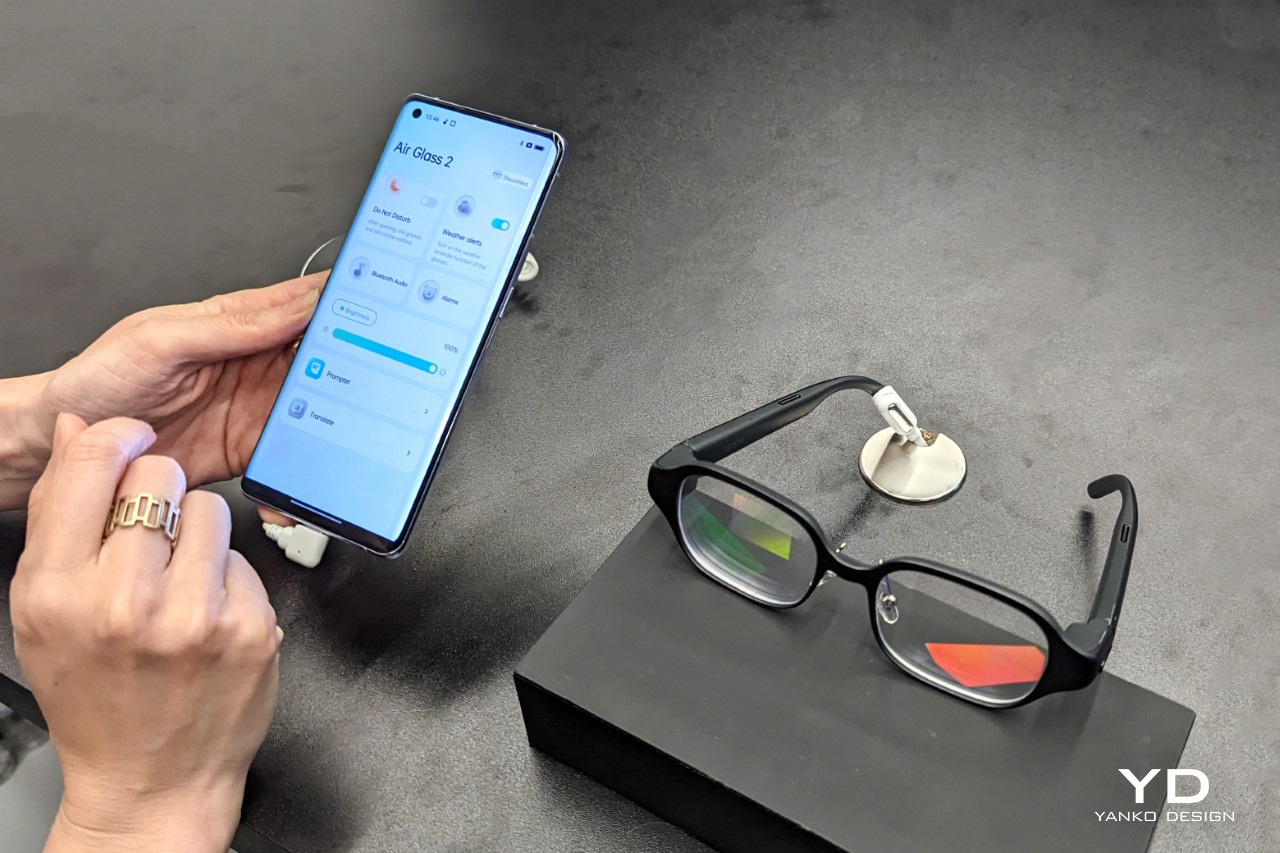
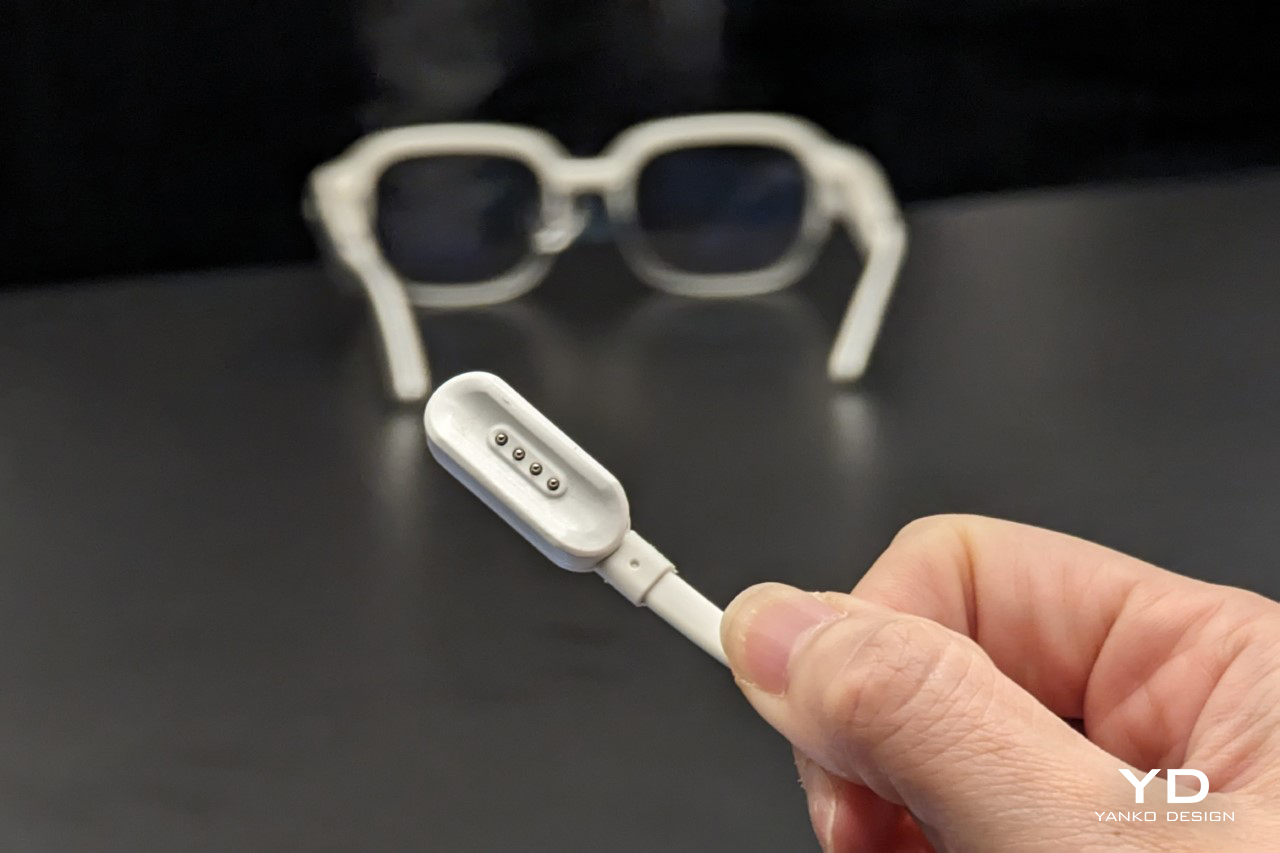
A close-up of the pogo-pin charger for the OPPO Air Glass 2
The OPPO Air Glass 2 was unveiled in both black and white frame variants, although pricing and release date details haven’t been made public. If this is anything like the 2021 Air Glass, OPPO will probably sell a limited number of units to enthusiasts in China before considering a global rollout.
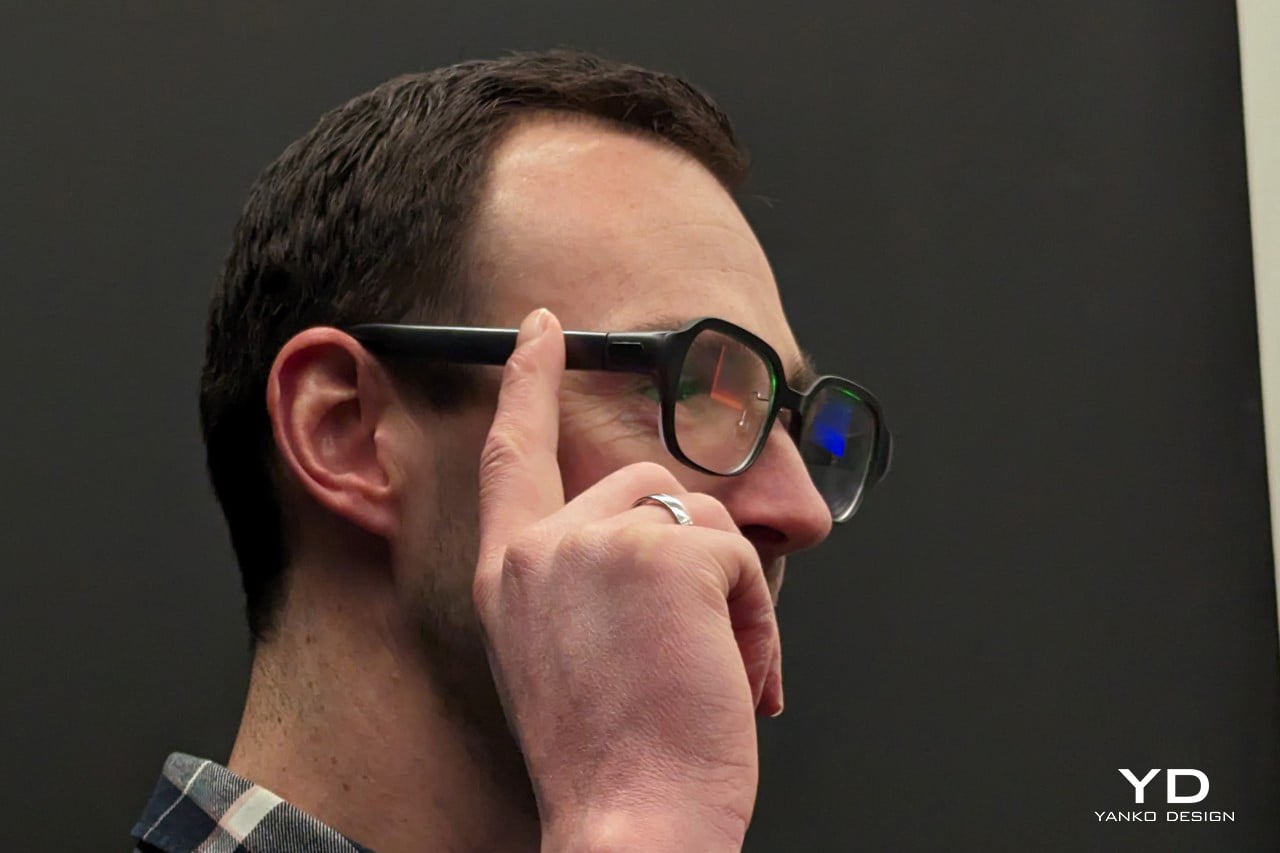
The post The OPPO Air Glass 2 is easily the most fashionably sleek AR wearable on display at MWC 2023 first appeared on Yanko Design.